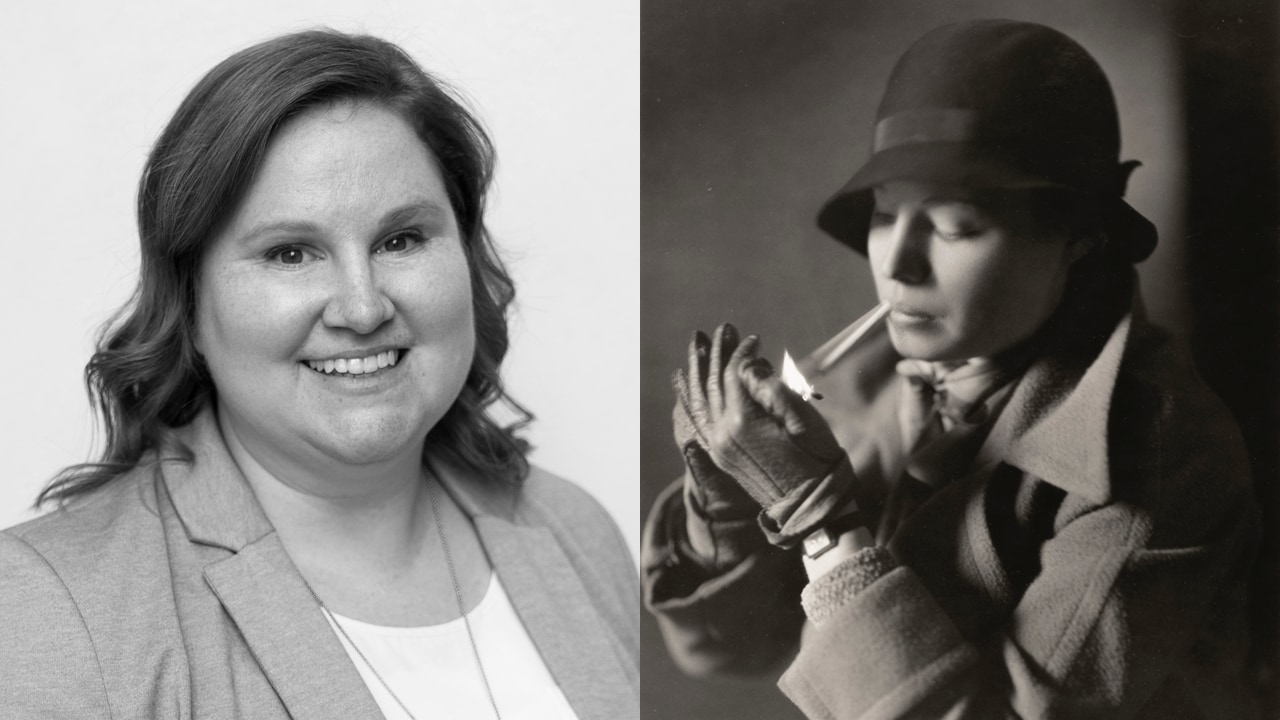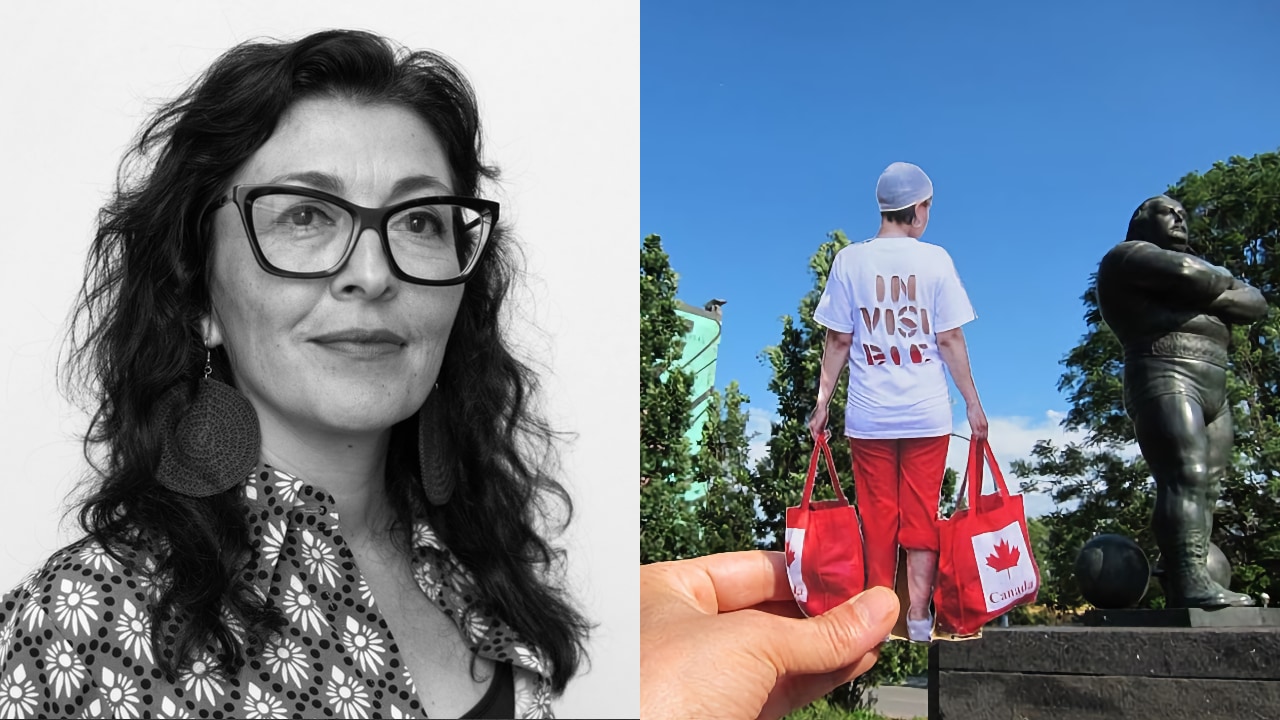2023-2024 ACI Fellow Jennifer Orpana | Research Project: The life and work of Violet Keene Perinchief

The cultural contributions of the English-born Canadian photographer Violet Keene Perinchief (1893–1987) have not been widely studied, except in relation to the work of her mother, renowned photographer Minna Keene (1861–1943). An accomplished portrait photographer in her own right, Violet Keene managed two busy Toronto studios in the 1930s and 1940s, a time when women rarely had careers as professional artists. Her portraits capture a range of subjects, including families, debutantes, brides, and prominent historical figures like aviator Amelia Earhart and writer Aldous Huxley. Dr. Jennifer Orpana will explore how the artist played a formidable role in the history of photography in Toronto by examining Keene’s vast portfolio and considering how her work reflects varied ideas of femininity that manifested privately and publicly during the interwar period. Dr. Orpana’s research will look at what Keene’s images—and her career—can reveal about the changing, nuanced roles of women as consumers, professionals, photographic subjects, and artists in Canada during that time. Dr. Orpana is a photography historian and lecturer who has taught at Toronto Metropolitan University, University of Toronto, OCAD University, Western University, and Brock University.
Contact Jennifer: jorpana@aci-iac.ca
2023-2024 ACI Fellow Tamara Toledo | Research Project: Latin American Women Artists in Canada: Body of Resistance

Faced with a predominantly white settler narrative, it has been a challenge for Latin American diasporic artists in Canada to enter mainstream art discourse, especially when their art practices are perceived as radical or resistant. According to Chilean-born, Toronto-based scholar and curator Tamara Toledo, this lack of representation demonstrates the myth of multiculturalism; these artists’ works have not been shared, recorded, theorized, or archived despite being worthy of attention. Toledo’s project examines the practices of three contemporary Latin American women artists from the Colombian and Mexican diasporas: Claudia Bernal, Maria Ezcurra, and Helena Martin Franco. All three use the presence and absence of the female body in their installation and performance works to critique the factors that determine inclusion within a historically exclusionary canon. Through her research, Toledo will trace the transformative impact that Latin American artists have had on contemporary artistic milieus in Canada. Toledo is the Director/Curator of Sur Gallery, Toronto’s first gallery space dedicated to Latin American and diasporic art practices. She is also the co-founder of the non-profit organization Latin American Canadian Art Projects and a PhD candidate in Art History and Visual Culture at York University.
Contact Tamara: ttoledo@aci-iac.ca